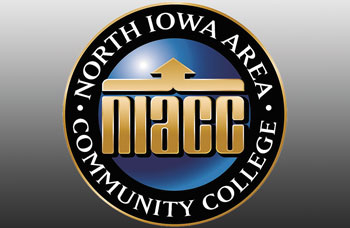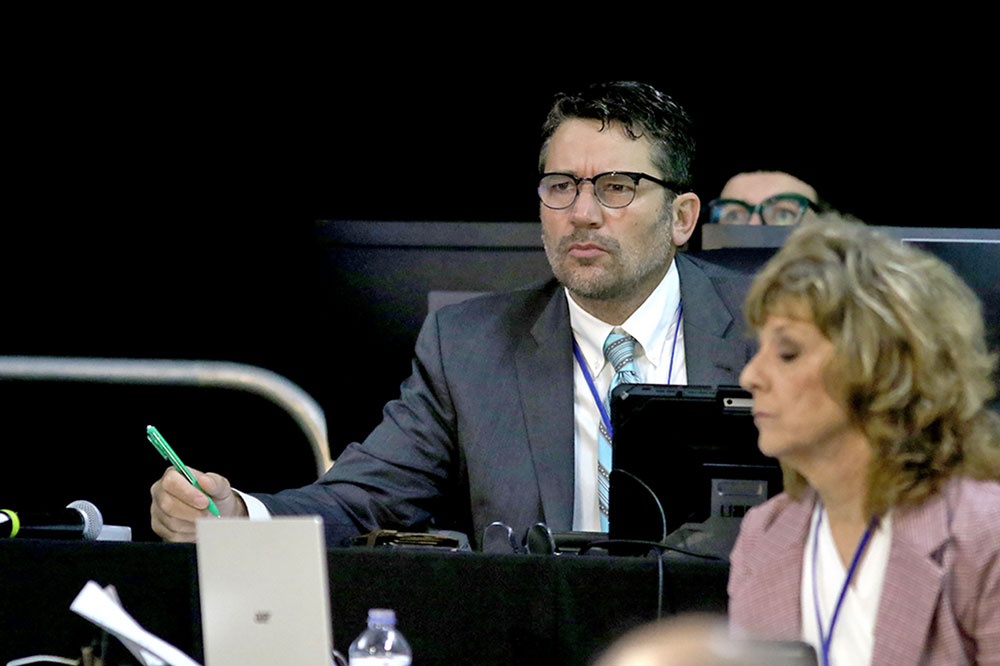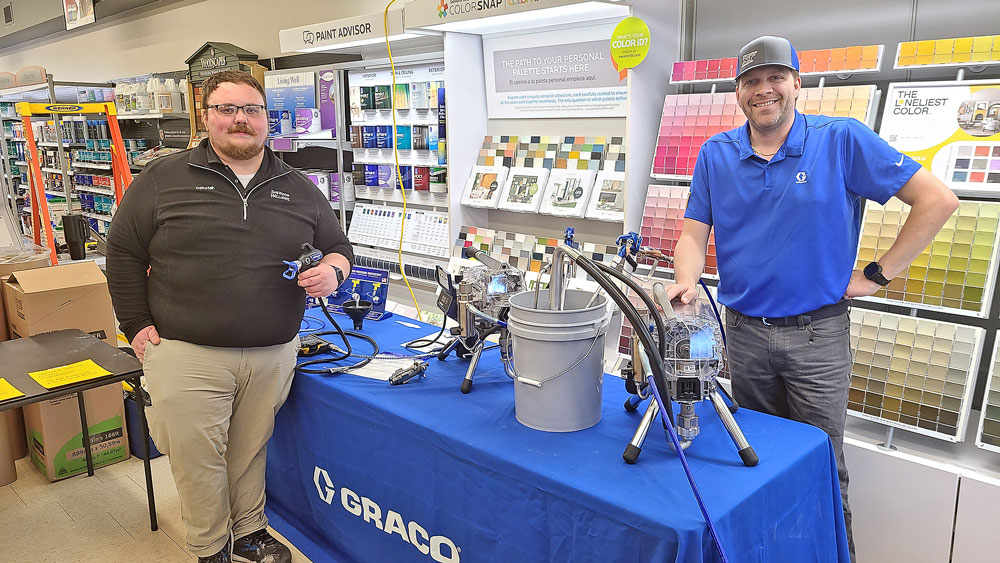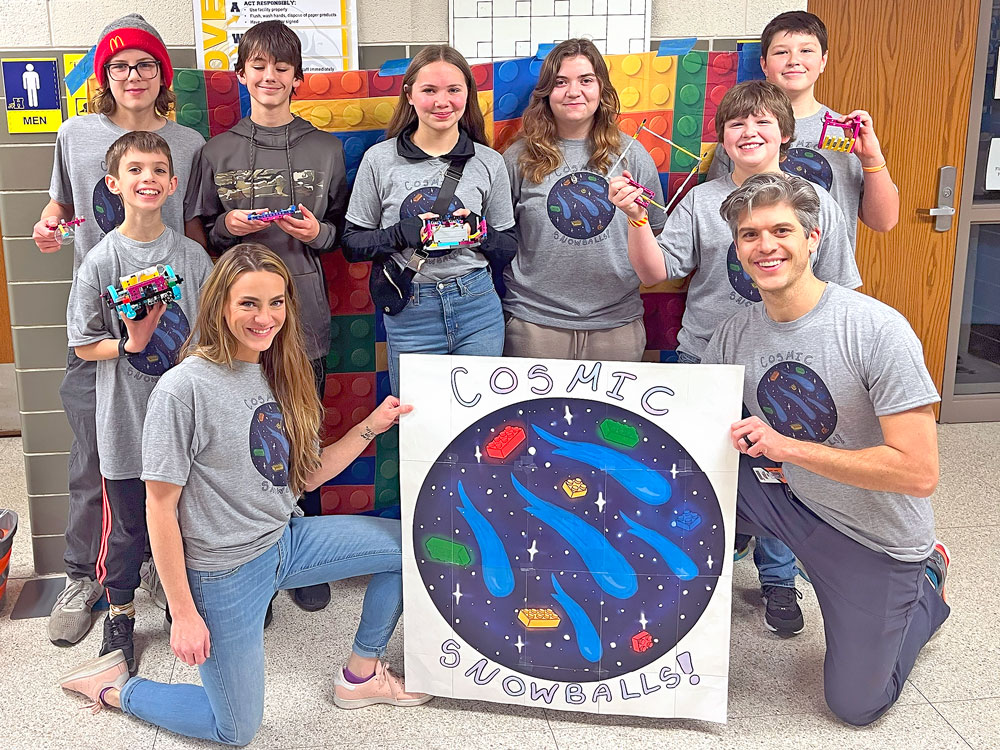Charles City Parks & Rec Board looks at swimming pool repair/renew/replace options

By Bob Steenson, bsteenson@charlescitypress.com
For about $1.3 million, the Charles City municipal swimming pool could be brought back to a condition almost as good as – and in some cases better than – when it was built, potentially extending its life another 20 to 30 years, according to an engineering consultant.
But visually it would be nearly the same 31-year-old pool that some potential users have become complacent about, without any of the new shapes, features, attractions and excitement that a new pool would bring.
A new pool could cost anywhere from $4 million to $6.5 million and beyond, depending on the extent of the new attractions and whether or not the existing bathhouse is replaced, said Andrew Pennekamp, a professional engineer with JEO Consulting Group of Ankeny, at the Charles City Parks and Recreation Board meeting Wednesday evening.
The Parks & Rec Board hired JEO to evaluate the existing pool to determine what its problems are, if those problems can be repaired, and what the cost might be, so that board members can decide the best course of action for the pool. If the board decides to go ahead with repairs or renovations of the existing pool, or decides to build a new pool, JEO will be involved in the design and construction phase as well
“We looked at the condition of everything,” Pennekamp said. “Took a hammer to a couple of different sites to see what it felt like. Looked at the floors, the walls, the joints in the pool. We really focused on the main pool. The plunge pool just from looking at it is in really good shape.”
Pennekamp said the joints in the floor of the main pool are the main concern. There are three joints that go across the width of the pool and another that goes down the middle of the length.
“All of them look fairly rough. The joints are pretty beat up, and there’s cracks following the joint. This particular cracking is what they call a Type D. That’s from freeze-thaw,” he said.
“Sometimes when you have concrete and it’s got limestone in it, in particular, that absorbs water and it wants to expand, and then what happens is you get cracking along the joints like this. I believe that’s what’s happening,” Pennekamp said.
A leak test conducted by city staff under directions from JEO showed the main pool is not leaking, he said.
The plunge pool that the water slide empties into and the surge pool below ground that balances out the water level between he pools leaked 11,000 gallons over three days in the leak test.
That equates to about 330,000 gallons lost over a 90-day pool season, but Pennekamp said, “Actually, that’s not terrible.” He said other pools he is familiar with lose more than that and it is considered part of their normal operations.
The fact that the main pool was not leaking indicates the water seals in the joints are still good, he said, but “it is pretty severely cracked out there.”
What he proposed if the Parks & Rec Board wants to repair the joints is to cut out the concrete two to three feet on each side of the existing joints and replace that area with new concrete with an additive to make it waterproof. Waterproofing would also be applied to the existing concrete where the cuts are made.
Pennekamp said the crystallization additive used to make concrete waterproof is expensive, but it wouldn’t be too costly on the limited amount of concrete needed to repair the joints.
He said one problem with repairing a joint is where there was one joint there would now be three, because the original movement joint would need to remain, and now there would be two additional joints, one on either side of the original, where the new concrete was added.
“It’s not ideal, but I’ve done it before,” Pennekamp said. “It works. It’s definitely a repair that has a 20- to 30-year life on it.”
One good thing is that according to the plans the existing concrete floor is 12 inches thick, so places that sounded soft when they hit them with a hammer might only be on the top part of the concrete, he said, adding, “Without destructive testing I don’t know if that’s the case.”
In addition to the joints, Pennekamp said there were concerns with some of the mechanical equipment including pump arrangements and the filter system.
He said especially the board should consider replacing the current chlorine gas system with a liquid chlorine system or solid chlorine granules for safety reasons.
Also, he recommended replacing the ladder that is used to access the pump pit with a staircase, and he recommended some sort of change with the main water pump because it is located above the pool water level and so frequently needs to be primed so water can be pulled into it. That causes staff issues as well as wear on the pump, he said.
The existing bathhouse is in good condition, Pennekamp said, but some changes would be needed to bring it into Americans with Disabilities Act (ADA) compliance.
He also noticed some rust on the diving boards and difficult access to the lifeguard chairs.
Pennekamp presented this list for recommended changes and repairs:
- Pools and tanks – floor and wall joints, low point on wall, gutter cracks, sump pump – $260,000.
- Bathhouse and site – deck equipment, fencing, ADA compliance – $257,000.
- Contingency (30%) – $245,000
- Design and bidding – $50,000.
- Construction administration – $100,000.
- TOTAL – $1.308 million.
Board Member Diane Meyer said she was concerned that while fixing the existing pool might be the best option because of the cost, structurally they would end up with the same pool.
“We have to become very creative and really think what’s there as far as what makes it exciting and new,” Meyer said.
Pennekamp had several examples of features that could be added to the existing pool, including an elaborate splash pad either to the north of the main pool or northeast of the zero-entry wing, for $590,000, that could be fenced in a way to make it available for use even when the pool is closed; a different play structure to replace the existing water mushroom, for $500,000; or three alternative zero-depth area spray features to replace the mushroom, for $325,000. Those prices include piping and construction costs.
There could also be some staff costs if additional lifeguards are needed specifically to supervise certain features.
The option to “renew” the pool, including the repairs and some of the feature options, would be between $2.4 and $3.6 million.
That compares to $4 million to $6.5 million for a new pool, depending on features and whether the bathhouse is replaced.
The Parks & Rec Board spent some more time discussing options but made no decisions at the meeting last week.
Charles City Parks and Recreation Department Director Tyler Mitchell suggested the members look at the materials Pennekamp provided and come back to the next monthly meeting, to be held Nov. 16, with additional questions for JEO and with thoughts on how they would like to proceed.








Social Share